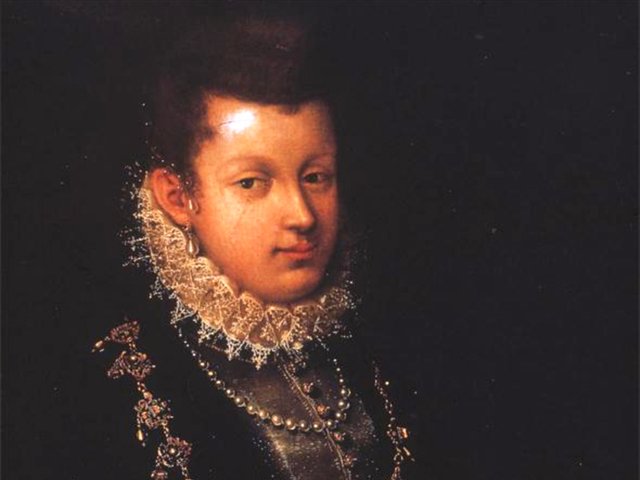I met my first Tibetan Mastiff at the home of a friend who collects Islamic art, German old master prints and dogs. Knowing that I had a preference for large dogs, while regretting their relatively brief longevity, she noted that Tibetan Mastiffs are among the few large breeds that live well past ten years and that they retain much of their original character.
The Tibetan Mastiff is among the oldest breeds. They seem to originate in the Himalayas, which accounts for their thick double-coat that keeps them warm in any inhabited part of the world, no matter how cold. They have large, broad heads, are not terribly tall (two feet), and are usually a combination of black, brown, white and gray. Males usually weigh between 110 and 140 pounds, while females are a bit less. They are extremely strong and surprisingly agile and athletic.
The personality of a Tibetan Mastiff is quite consistent. They were always used as guards against wolves, bears and the occasional person. To this day they retain this guardian quality and need to be socialised at an early age so as not to become vicious with strangers. Once properly socialised, they still protect, but do so with a high degree of nuance, recognising who is welcome from the behaviour of their master. They are intelligent, but rather primitive, and tend towards seriousness rather than play. Lastly, they are among the most stubborn and least trainable breeds, resulting from their independent guarding function throughout most of their history. They should never be anyone’s first dog, but are wonderful animals for those who want a dog to be much as they were in earlier times and have the experience and patience to deal with them.
My wife (Nancy Krieg, the paintings restorer) and I have two Tibetan Mastiffs. The first, Moose, came to us when he was four months old—he’s five years old now—and he is a Park Avenue prince. He likes the city not the country (too boring for him) and has a considerable human following on the East Side of New York. Two years after getting Moose, we decided to get him a companion and adopted Minnie (then four years old) from Tibetan Mastiff Rescue. She was very badly treated in her first years and it has been a great source of pleasure to watch her become a healthy and happy dog. Having been quite isolated in her youth, she is less verbal than Moose, who probably knows 40 or 50 words. Out of my happy experience with Minnie, I have become involved in Tibetan Mastiff Rescue, which involves locating homes for abandoned dogs and looking after them until they are permanently adopted. I have also been on the board of the American Tibetan Mastiff Association, the governing American body for the breed, as I am keen to prevent this unusual and ancient dog from losing its distinctive character.
Drawings and dogs are in some ways a strange pair of interests, each with its own rewards, though it must be said that it has been a long time since Raphael kept anyone warm on a cold winter night.


